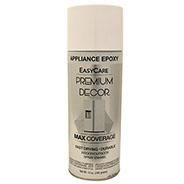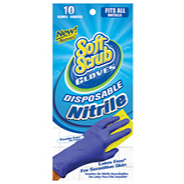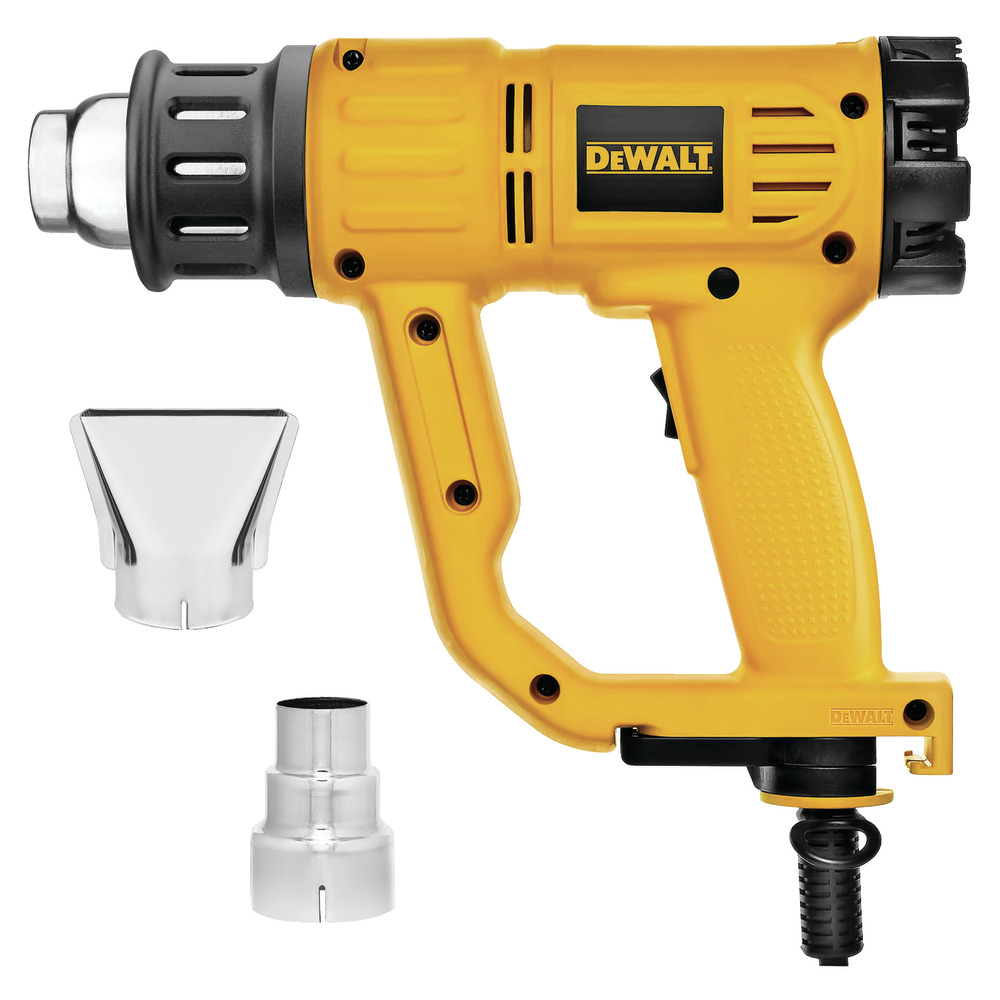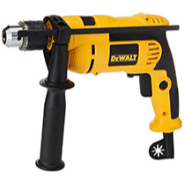 S2K Commerce - Shopping Cart
S2K Commerce - Shopping Cart
 S2K Commerce - Products Dropdown
S2K Commerce - Products Dropdown
 Web Content Viewer
Web Content Viewer
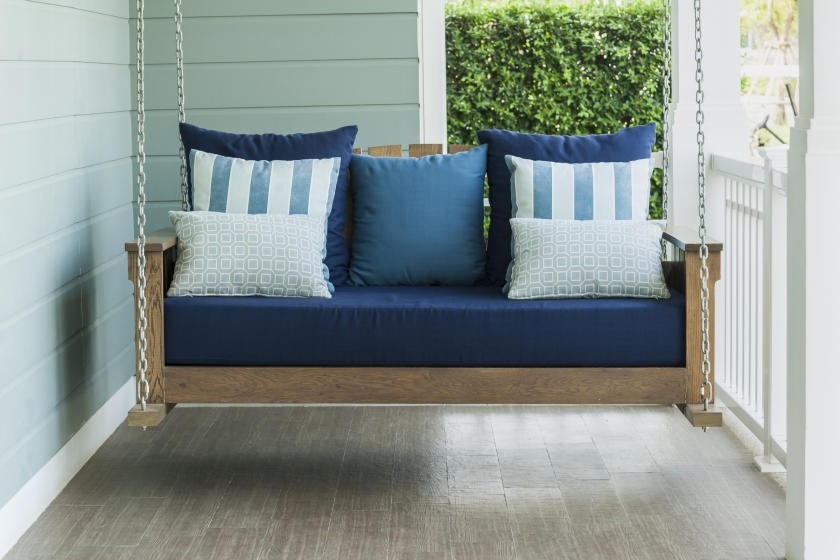
How to Paint or Stain Your Outdoor Furniture
Your outdoor furniture receives the worst of Mother Nature's extremes. Over time, wood, metal, and plastic furniture pieces can begin to look worn from the weather. But (shhh, don't tell our furniture buyer this), there's no need to replace what isn't broken. You can refinish your outdoor furniture with paint or stain and make it look new again.
Paint or Stain Wood Patio Furniture
Wood furniture is usually the first to show signs of wear and tear. You can refresh it with some sanding and a new finish. Here’s how:
Step 1: Strip Old Finish
Remove any existing paint or stain by stripping it away. Choose an outdoor workspace or a well-ventilated one, such as your open garage. If your furniture is on a back patio, work there. Just take the time to cover the patio or floor surface with drop cloths to protect against drips and stains. Secure the drop cloths with painter’s tape.
Remove loose paint or finish with a paint scraper. To remove finishes quickly from larger pieces of furniture, use a belt sander. Take care not to damage your furniture by sanding too deeply. Sand carefully by hand around decoratively curved areas with a fine-grit sanding sponge.
You can also use a chemical stripping agent. Using a medium-sized paintbrush, apply the remover evenly over the surface. Let it soak 20 to 30 minutes but don’t allow it to dry. Remove the old finish using a plastic scraper or a smooth, round-edged putty knife. The surface may be soft, so be careful not to damage it with the scraper. Allow the piece to dry completely.
SAFETY ALERTS!
Always follow the manufacturer’s instructions and wear rubber gloves and protective goggles when using strong chemicals.
Never strip furniture near an open flame, as stripping chemicals can ignite.
HELPFUL TIP
Use chemical strippers clearly marked “no clean-up” or “will wash away with water.” However, the “no clean-up” type may leave a residue, which must be sanded away. Residue from the “wash away” type chemical strippers can be removed by rinsing with water. Be aware that water may raise the grain of the wood—lightly sand to reduce this effect.
Heat guns can be used as a supplement to other methods to remove particularly stubborn finishes. Make sure the chemical stripper has dried completely before using a heat gun.
Step 2: Sand It
Remember, the more thorough you are during the stripping process, the less you’ll need to sand. Start with medium/low-grit sandpaper to clean off any finish that remains, and smooth out imperfections in the wood. Smooth the whole piece down with medium-grit sandpaper. Be sure to carefully sand in the direction of the wood grain as any swirl marks caused by sanding will stand out when you stain.
Step 3: Paint or Stain It
If you’re painting your furniture, apply True Value® EasyCare® Ultra-Premium Primer/Sealer. Allow the primer to dry for up to two hours, or as long as recommended by the instructions. Feel the surface for any rough spots and sand lightly if necessary. Apply a second coat. Let the primer dry for 12 to 24 hours.
Next, apply a coat of True Value EasyCare Ultra-Premium Exterior Paint with a quality paintbrush. Brush it on with even strokes in the direction of the wood grain. You can also use EasyCare Premium Decor Spray Enamel. If you use spray paint, go slowly, holding the can about 12" from the furniture surface. When using spray paint, apply the second coat within one hour or after 24 hours. Let the second coat dry overnight.
If you’re going to stain the furniture, note the differences: Oil-based stains penetrate into the wood without raising the grain, but carry a strong odour. Water-based stains are more environmentally friendly and offer easy clean-up using soap and water. (Never use deck stain on furniture.) Apply a thin, even coat of wood stain with a cloth or medium-sized paintbrush and allow it to penetrate into the wood. Coat once for a light stain or apply additional coats to create a darker color. Lightly sand between coats with fine-grit sandpaper. Wipe off excess stain with a clean cloth and allow the piece to dry completely.
HELPFUL TIP
If you use water-based stains, minimize raising the grain by moistening the wood with a damp cloth and sanding. Allow the wood to dry completely and sand lightly with fine-grit sandpaper. Repeat as necessary.
Step 4: Apply Sealant
Apply Woodsman® Natural UV Wood Sealer & Protector to seal the new stain finish. Apply the sealer using a cloth or with a small- to medium-sized paintbrush in smooth, even strokes along the direction of the grain. Hold the brush vertically while applying. Overlap brush strokes when moving on to the next area. Start at a corner and work the sealer in gradually in a consistent pattern to avoid bare spots. Let it dry completely (this usually takes a couple of hours). You may want to add a couple of coats. In between coats (once the previous coat has dried), lightly sand the surface with fine-grit sandpaper. Use a cloth to wipe the piece down or use a brush to remove any residue and debris from sanding. Apply the next coat and let it dry.
Paint Metal Patio Furniture
Yes, you can revive metal furniture!
Step 1: Clean and Prepare
Remove dust or debris with detergent, water and a scrub brush or rag. You can also try a 50/50 vinegar/water solution. If mould is present, remove it with a bleach/water solution or a commercial mould remover.
Pick a warm, dry day to work. Avoid painting when surfaces are damp or when the humidity is more than 80 percent. Also be sure temperature is above 50 degrees and keep out of direct sunlight. Choose an open area and cover the ground with a large drop cloth. An open area will help you protect other surfaces from paint overspray.
HELPFUL TIP
If your open space is limited, or if you want extra protection, consider setting up a large piece of cardboard, lightweight wood or hanging a drop cloth or sheet as a shield against paint overspray that might blow onto other objects. Place the shield on the side opposite of the one that you’re painting.
Paint will not adhere over rust, so rust must be removed along with any old, flaking paint. There are several ways to do this. You can remove both rust and paint using a stiff wire brush or an electric drill equipped with a sanding pad and abrasive discs. Emery cloths (cloth-backed abrasive sheets) can be used when there is minimal rust. Emery cloths work well because they are sturdier and easier to use than sandpaper on curved furniture features. Scrapers come in handy as well.
SAFETY ALERT!
Always wear gloves, protective goggles and a dust mask when sanding or using chemicals.
If the furniture you’re working on has non-metal surfaces, such as a seat on a chair, remove them if possible. If they cannot be removed, cover the surfaces with newspaper or plastic sheeting and painter’s tape to prevent any damage.
Step 2: Apply Primer
Spray metal surfaces with a primer made specifically for metal, such as X-O Rust® rust-inhibiting primer. You can also apply metal primer with a brush but using an aerosol primer and paint often provides the smoothest coverage on metal. For best results, apply two coats. When spraying, follow the directions on the can and hold it approximately 12" from the painting surface to get a balanced and consistent coat. Back-brush (painting over just-applied paint before it begins to dry) to smooth out any drips. Allow primer to dry thoroughly for at least 24 hours. Primer does not always feel wet or tacky before it is completely dry.
HELPFUL TIP
After using aerosol primer (or paint), tip the can upside down and depress the nozzle for a few seconds until paint stops coming out. Next, wipe off the nozzle with a cloth. This prevents the nozzle from being clogged the next time you use the can.
Step 3: Spray Paint
Spray on a coat of X-O Rust Paint & Primer in One or apply X-O Rust enamel using a small to medium-sized paintbrush. Spray painting gets the job done fast and provides excellent coverage and a smooth finish. Hold the can about 8" to 12" from the object you’re painting and keep the can moving to avoid excess paint that can drip. Apply several light coats.
HELPFUL TIP
For best results, apply the second coat of paint within one hour of applying the first coat.
Using X-O Rust Paint & Primer in One allows you to skip priming in most cases, since it's formulated to be a paint and primer in one. Let the final coat dry for at least 24 hours before using.
Paint Plastic Patio Furniture
Step 1: Prepare for Painting
Wash plastic furniture thoroughly with all-purpose cleaner, mild detergent or hot water. Use a rag, sponge or soft brush. If furniture has been outside for a long period of time or has stubborn stains, use a cleaner with ammonia. Let it dry.
Cover non-plastic surfaces, such as metal chair legs, with painter’s tape. Choose a good workspace with plenty of ventilation and cover the floor with drop cloths or newspaper.
Step 2: Paint
Choose a spray paint designed for use on plastic furniture. Apply a thin coat by holding the can at least 12" away and spray in a sweeping motion. Let the paint dry before applying another coat. The number of coats you need will depend on the piece of furniture itself and your own judgment. When you’re happy with the paint coverage, let the furniture dry for at least 24 hours. Remove the painter’s tape after the paint has completely dried.
Well done! Your outdoor furniture has been refinished and revitalized, and you can enjoy it all season long.
Project Shopping List
Here’s what you’ll need to complete this project successfully.
- Large piece of cardboard
- Lightweight wood
- Putty Knife
- Masking tape
- Dust mask
- Stiff Brush
- Power drill
- Belt Sander
- Paint Brush
- Spray Paint
- Heat Gun
- Rubber Gloves




